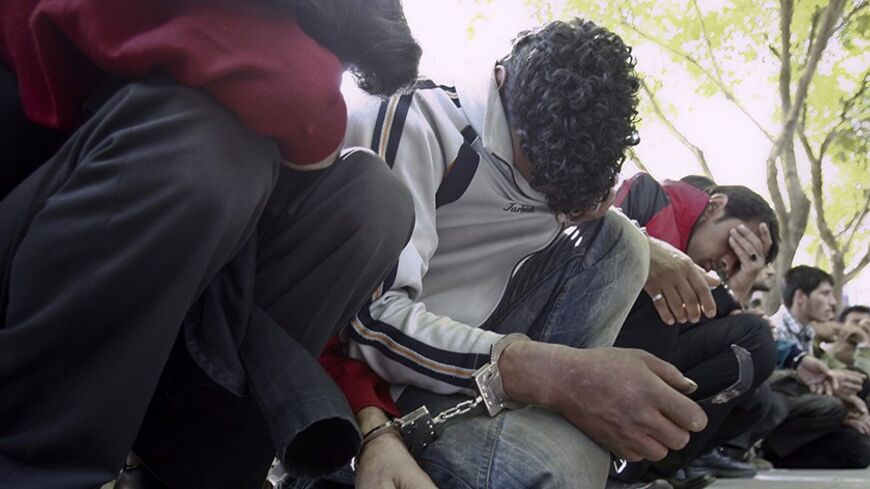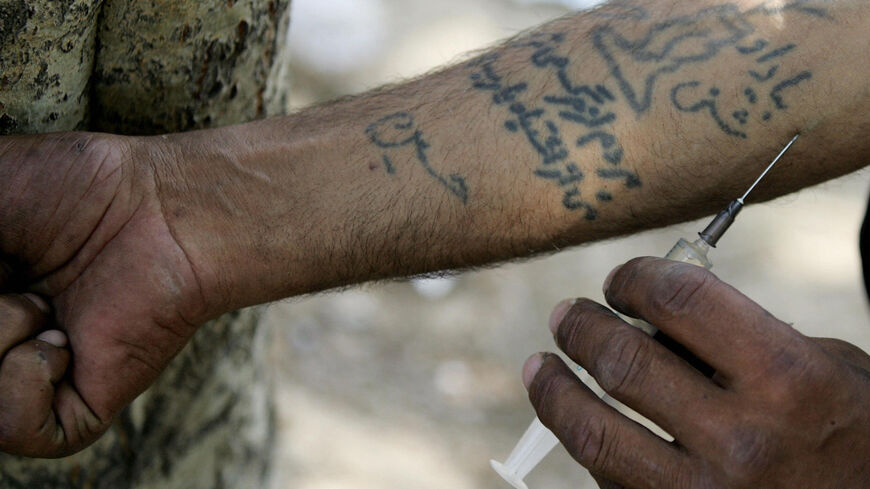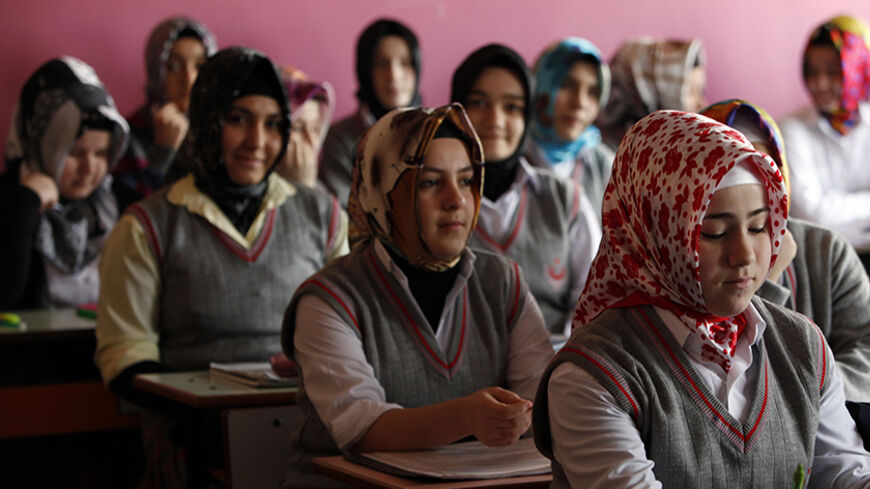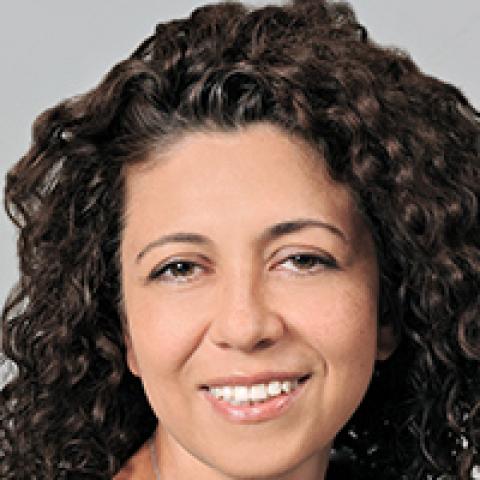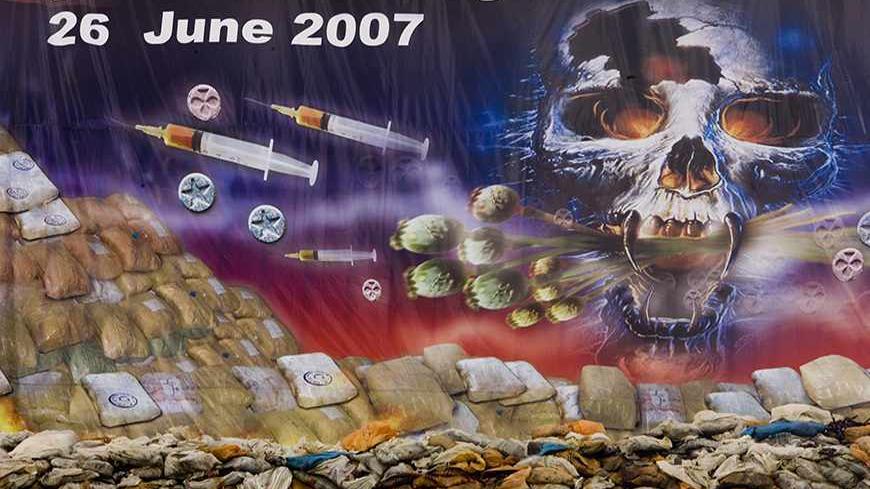![IRAN Iranian drug addicts prepare heroin for injection near the Zeytoun (olive) drug rehabilitation center in south Tehran February 23, 2004.The Zeytoun center is run by a former addict called 'Forouhar' who weaned himself off drugs in the [United States]. Senior police officers have recently estimated that the Islamic Republic has some two million addicts and their forces struggle to contend with huge consignments of drugs smuggled over the porous border with [Afghanistan].
? OUT
? ONLINES - RTXMFZ9](/sites/default/files/styles/article_hero_medium/public/almpics/2015/10/RTXMFZ9.jpg/RTXMFZ9.jpg?h=f7822858&itok=ZZ4sZVx5)
Tehran tries to make its addicts go to rehab
Subscribe for less than $9/month to access this story and all Al-Monitor reporting.
OR
Create an account for a 7-day trial to access this article and all of AL-Monitor.
By entering your email, you agree to receive ALM's daily newsletter and occasional marketing messages.










